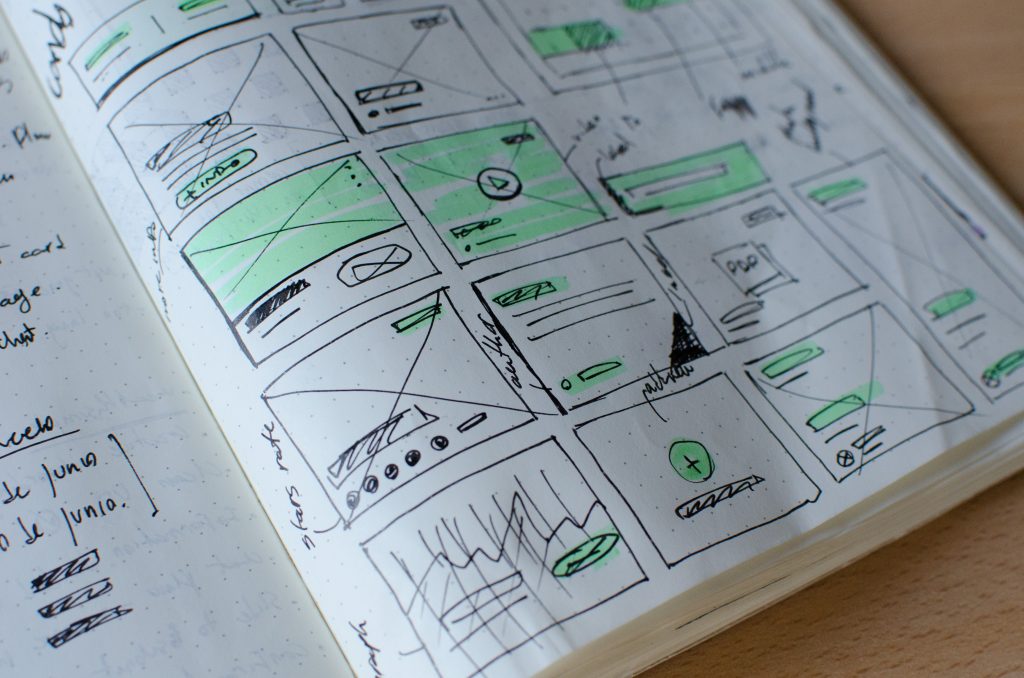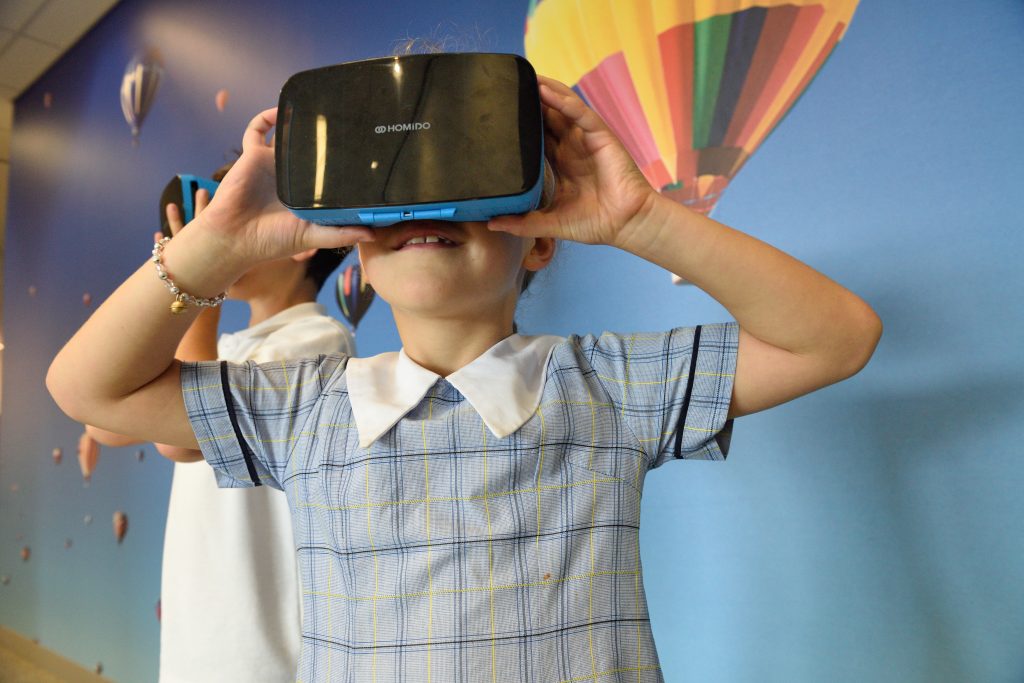Being different is a very big thing right now. The LGBTQ+ movement is growing and ever-present in the press, mental health issues are constantly being spoken about in online media, we call out racism, and we adapt to people’s physical needs, as far as we can see. We are growing into a more responsible society, slowly learning what is right and wrong to say and do. Increasingly, we can argue that human beings are becoming that little bit more switched on to each other’s needs and different ways of life.
Our differences can manifest themselves very visually, or perhaps not. Our reactions to these differences and how we process them internally are also differing. Some people are auditory learners. Some people are visual; some people learn by seeing someone doing something. People are extroverted and introverted. Our understanding of the world and other people is shaped by how we each process pieces of information and the source of this information.

Our understanding of disability has been shaped by design, history and literature. It appears obvious when someone is disabled—as in physically disabled. We think of physicality first when we consider the meaning of disability. For example, stairs are there in the first place to be climbed. Society itself has built itself to disable others. It is not a disabled person’s fault for being disabled. This is part of the social model of disability. It is unreasonable to place blame on society entirely for disabling individuals. How can we possibly create a world where the needs of everyone who has a disability are completely, one hundred percent met?
Although, despite the above, in our technological “revolution”, for better or for worse, perhaps we can find some comfort, but only some, in technology providing some of the solutions that neurodivergent individuals can use to assist them in their day-to-day lives.
I was fascinated to come across Gary M. Smith, an entrepreneur and inventor, giving a TED Youth Talk in February of this year in Bargate. In his talk, Smith explores the inequality we find in technology. Technology is simply not built with neurodiverse individuals in mind.
Smith has coined the term neuroindividualism. He speaks of a new system that he has invented, whereby any website or article you read and so on will automatically be adapted to your individual needs through artificial intelligence. The AI learns your unique behaviours, allowing it to adapt the experience you have. This is not an unreasonable expectation in our 21st-century technological world, surely? With virtual reality, augmented reality, and even just the smartphone you have in your pocket, user experience is increasingly becoming about the person. The individual should not have to adapt to the technology anymore.
Smith’s technologies are not the only forms of technology and software which have been developed with neurodiverse people in mind. Assistive technology has been around for numerous years, with products such as screen readers, memory aids, hearing aids, and so on being on the market for years. Sadly, it seems that most assistive technology has a slight disregard for the more hidden disabilities. Granted, if it is apparent that something needs to be resolved and it is a physical part of the body, then it is perhaps easier to develop technology to combat this struggle. Hidden disabilities, however, are being left behind.

When I first think about technology and neurodiversity alongside one another, it doesn’t make sense. They don’t complement one another. People assume that technology should “just work”; it must function and produce immediate results. Otherwise, it needs to be fixed, right? Neurodiverse people, such as those with dyslexia, dyspraxia, or on the autism spectrum, are not neurotypical. They think and act in different, more interesting ways. I wonder how technology can even begin to assist and accommodate the varying needs that someone on the autism spectrum may have, for example. Their needs vary so much from person to person—plus, many of the issues faced by neurodiverse individuals concern the social aspects of human existence, which technology can try to assist with, but will it ever be successful?
Are the differences between neurodiverse individuals too great a challenge for technology to adapt to?
